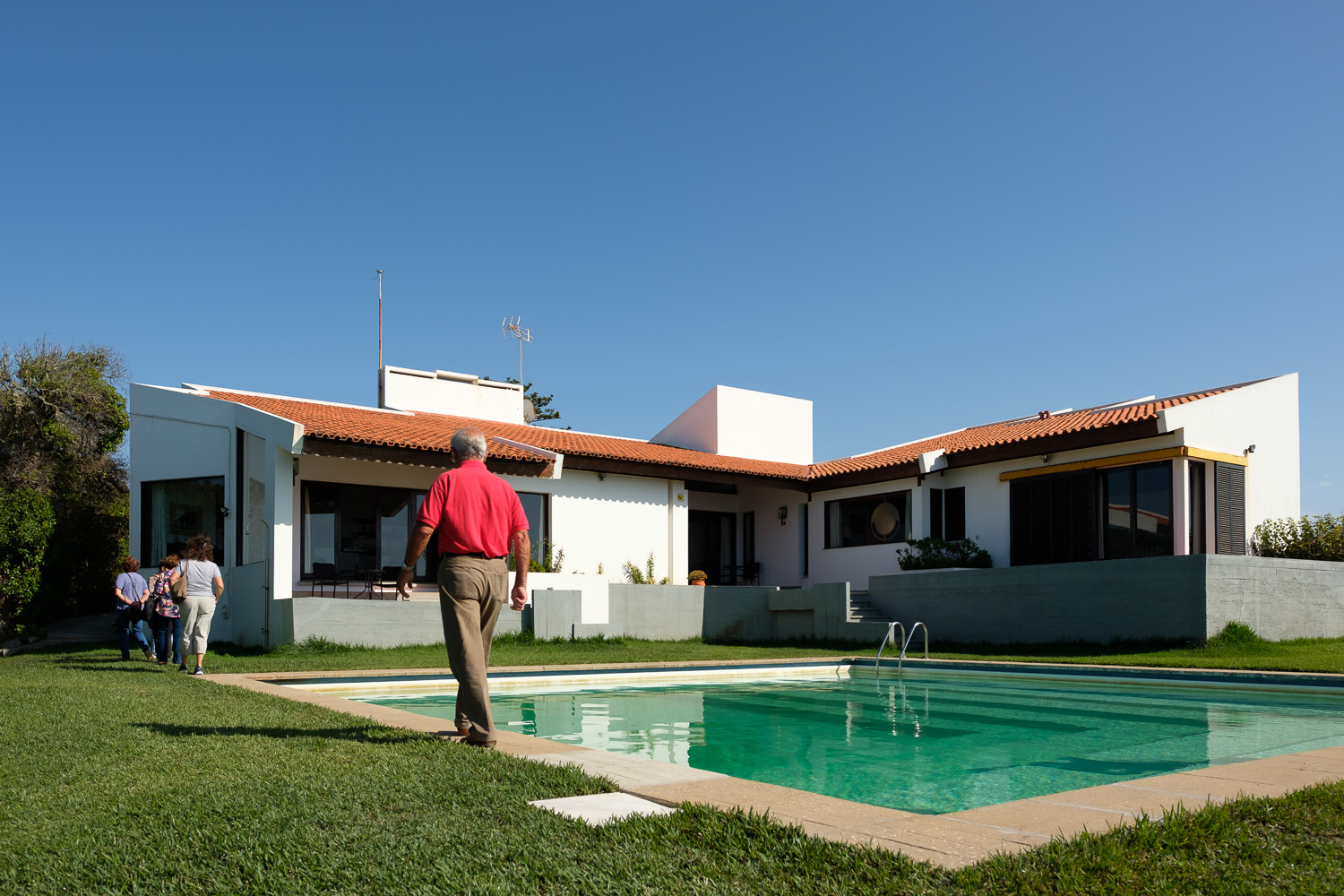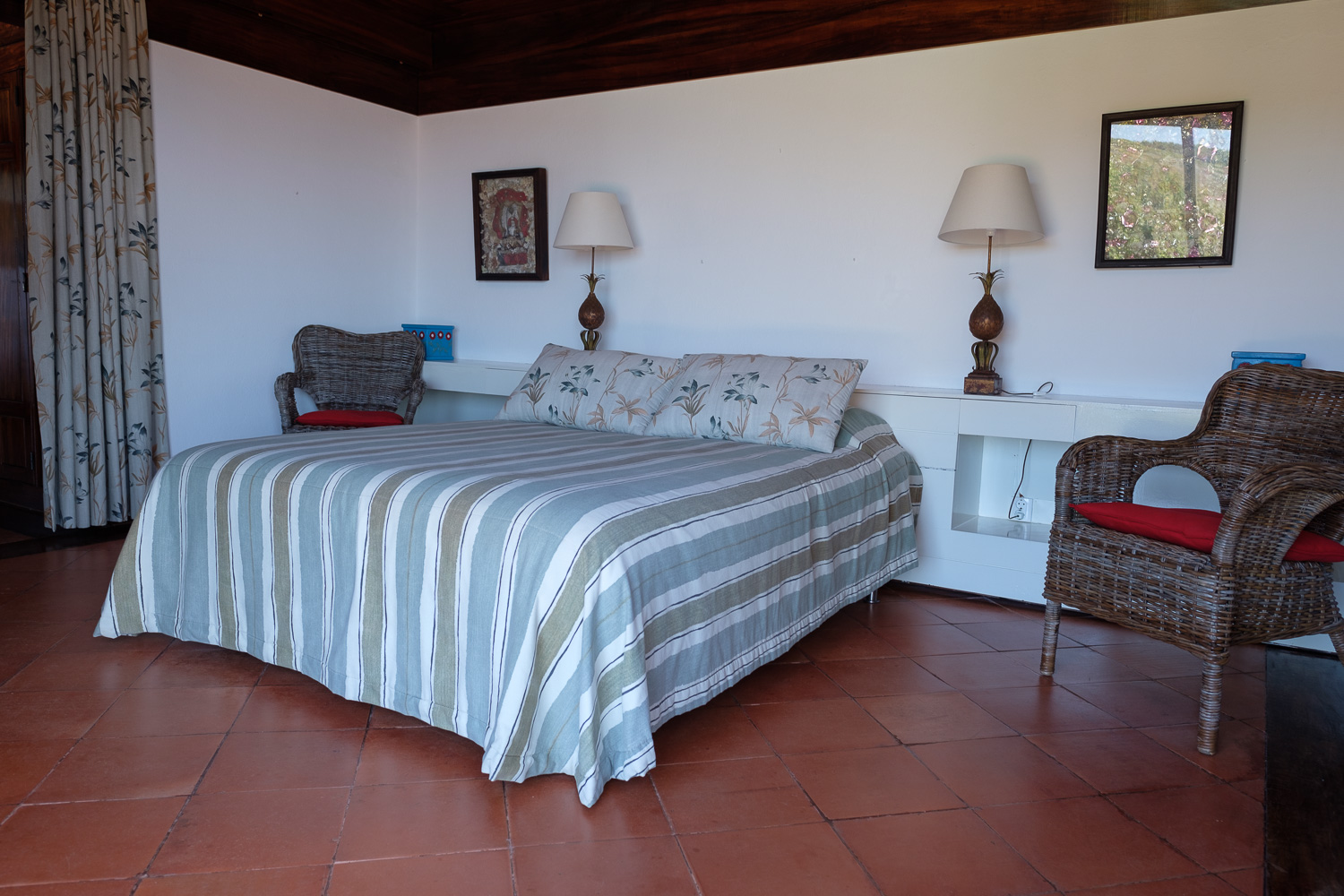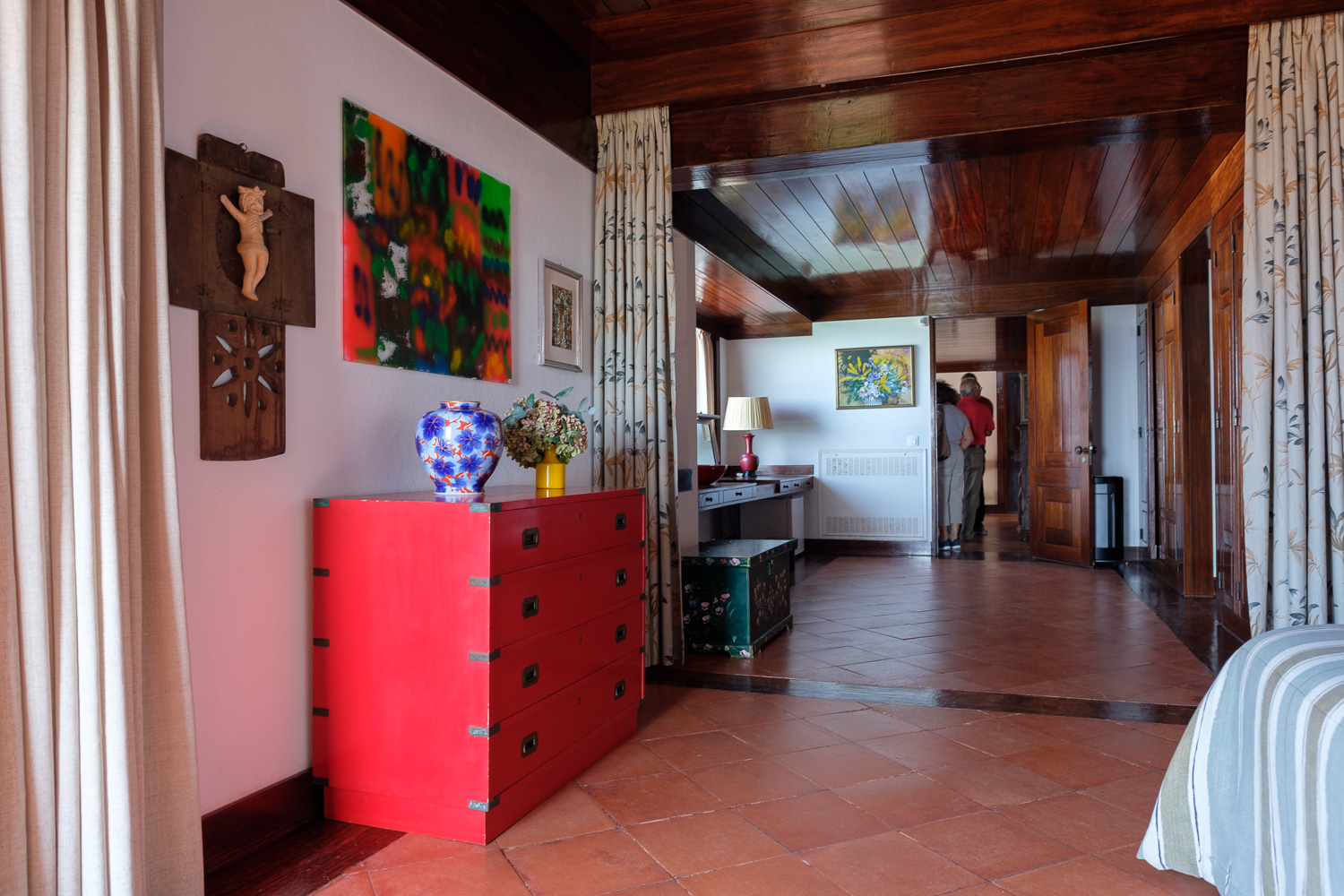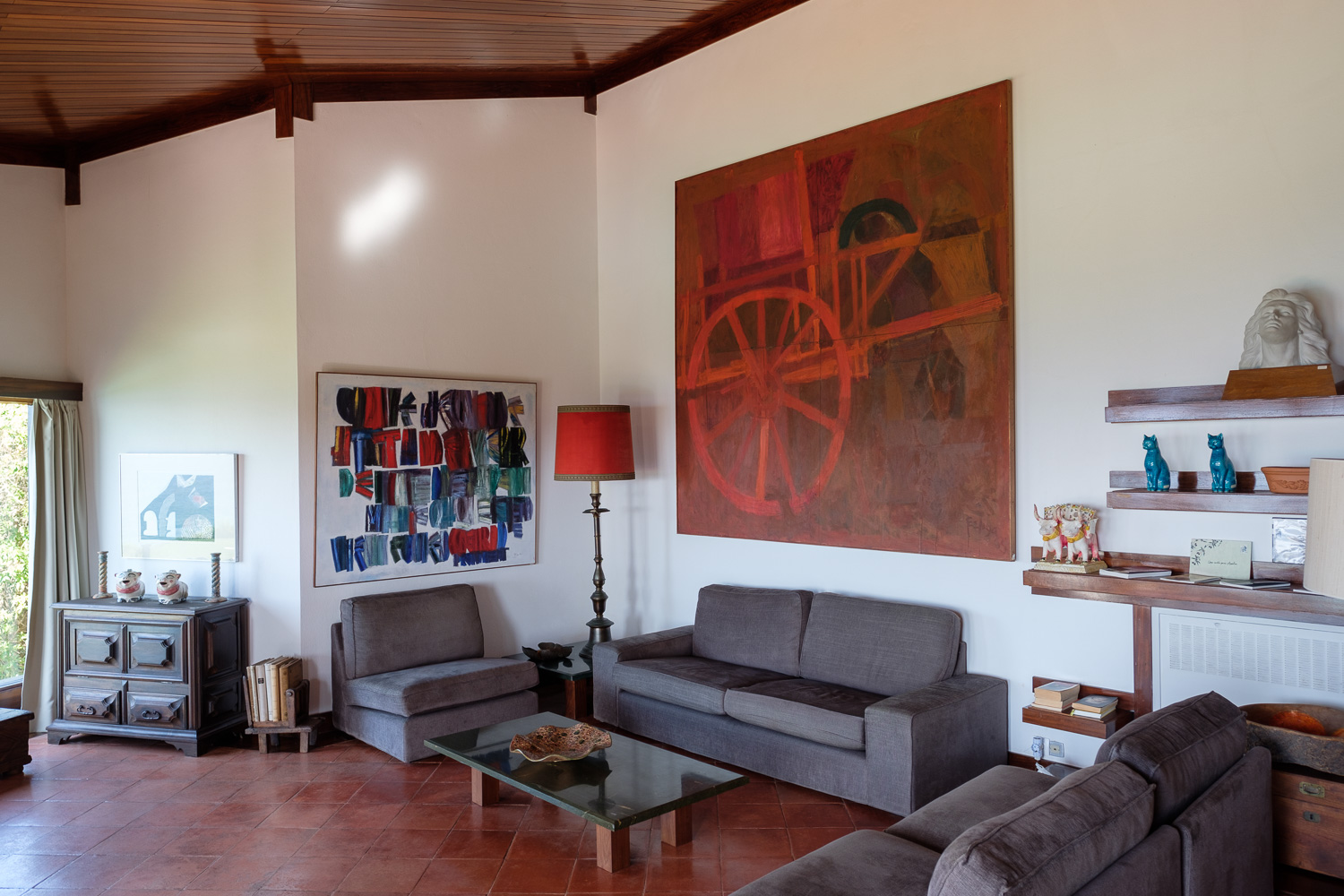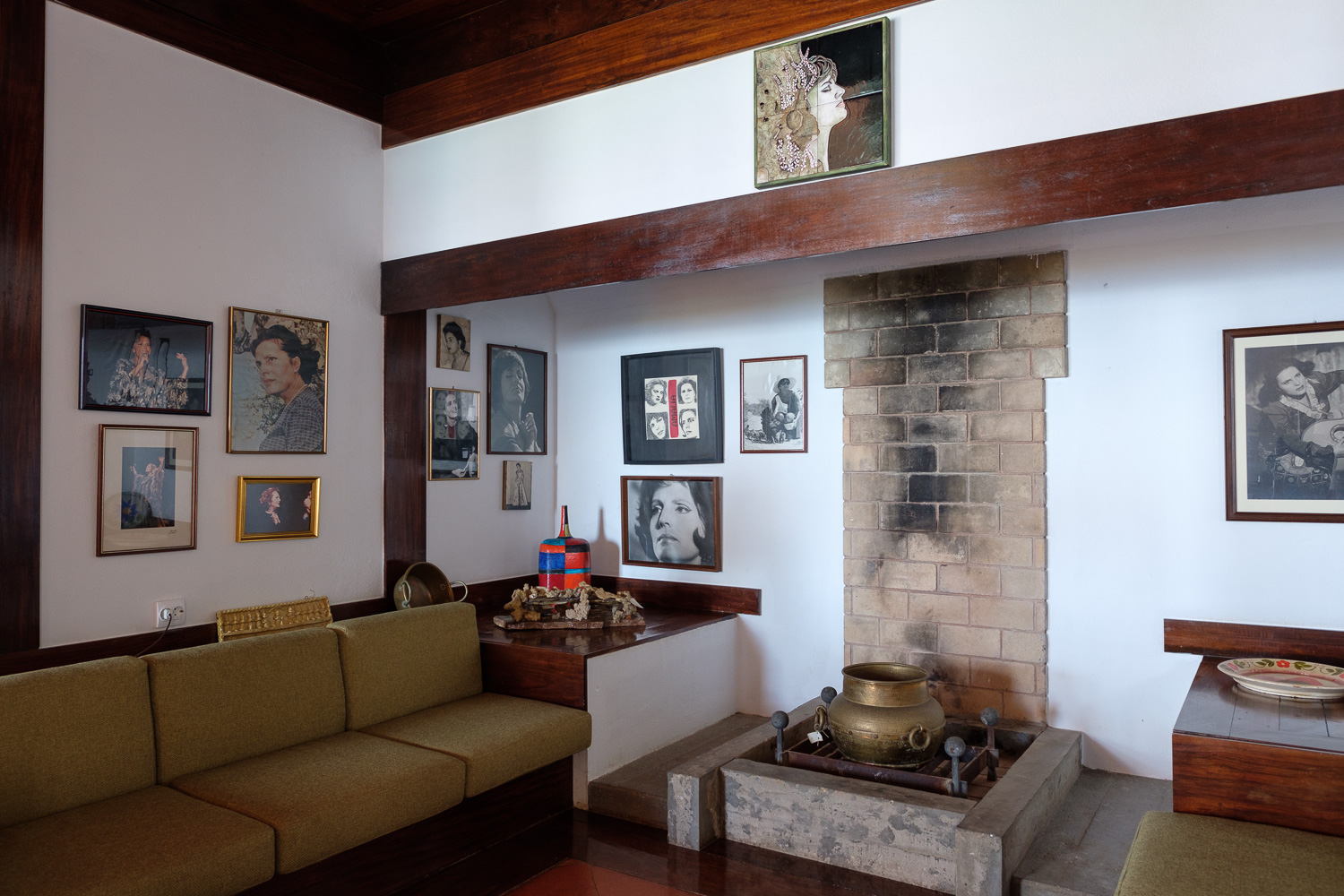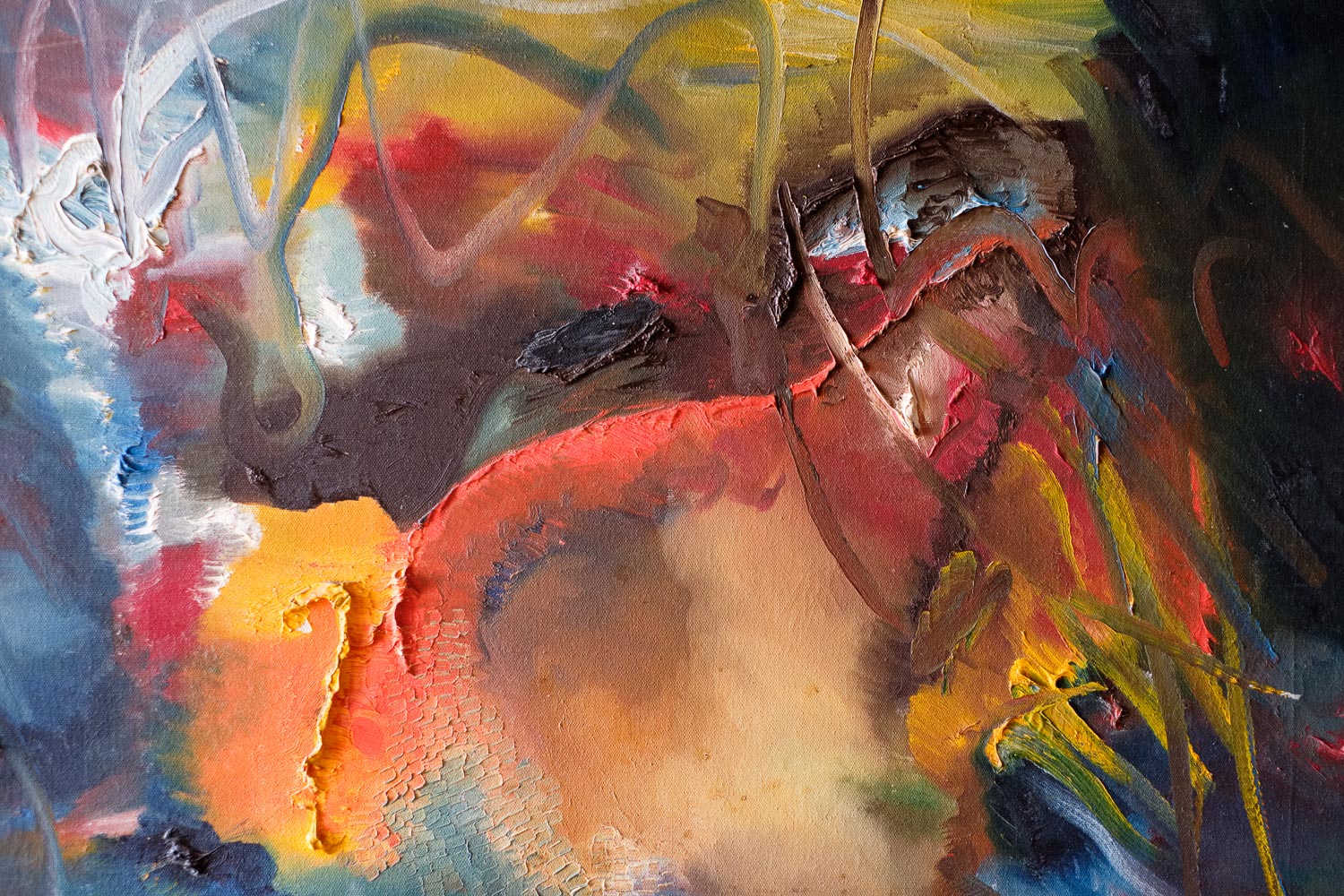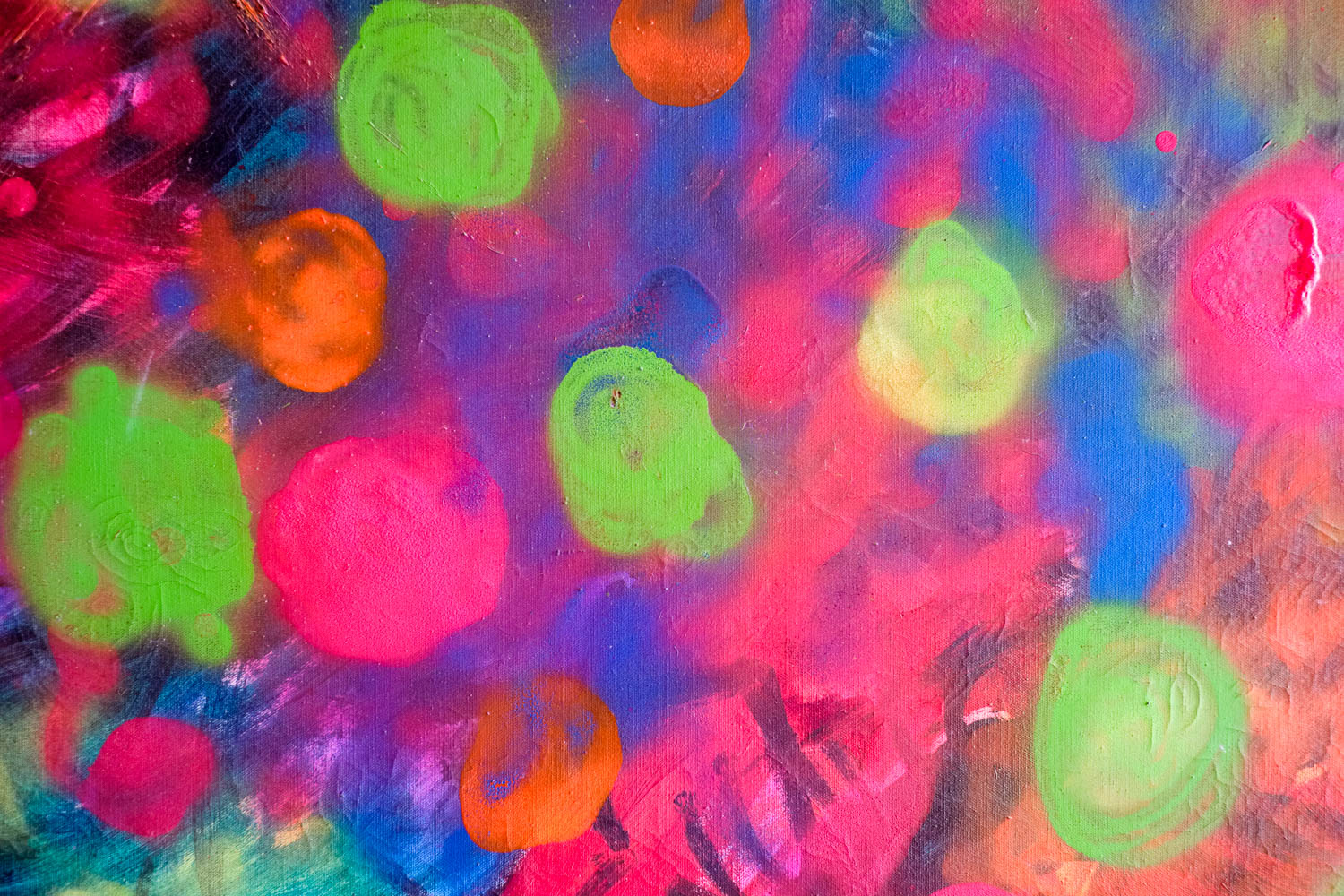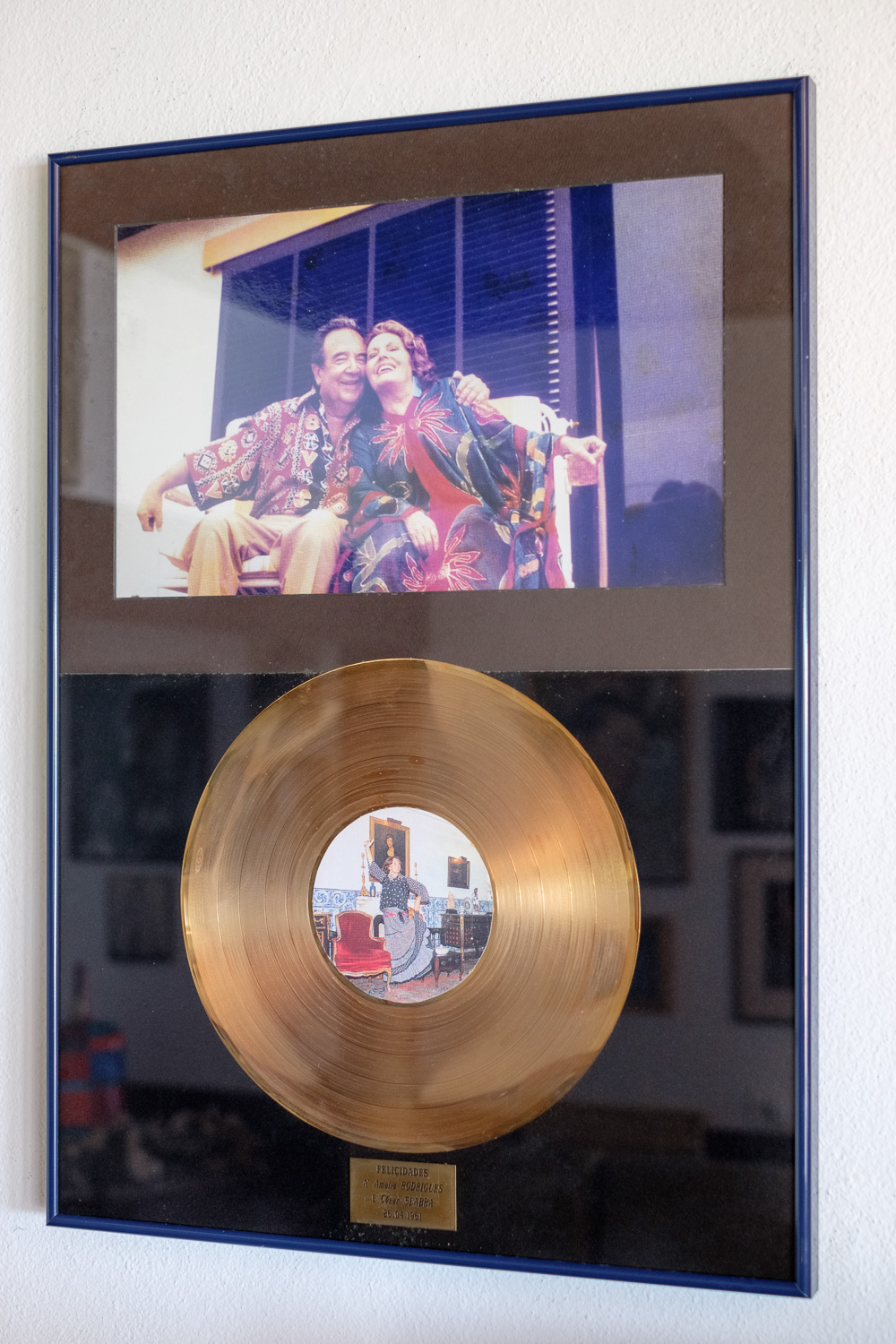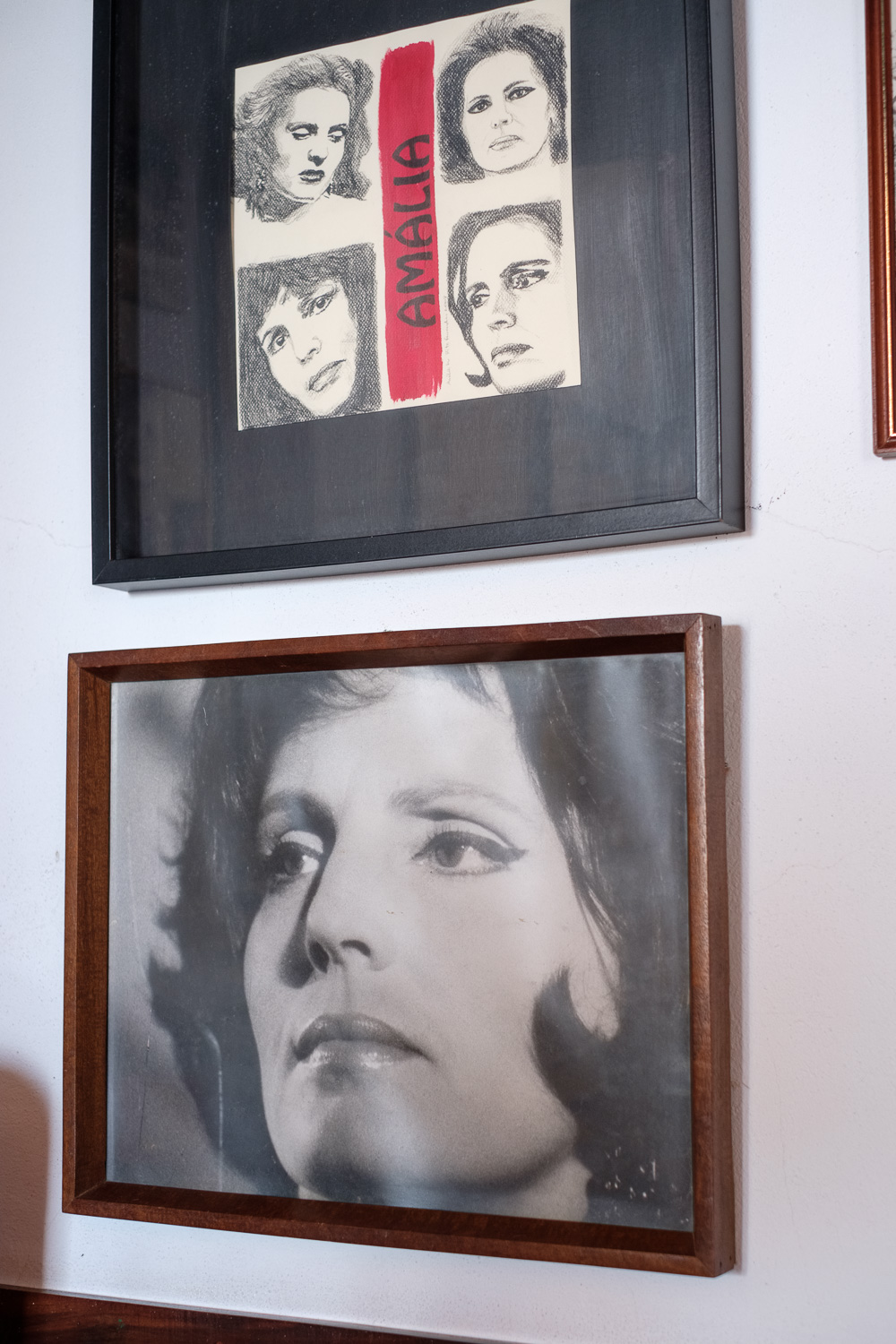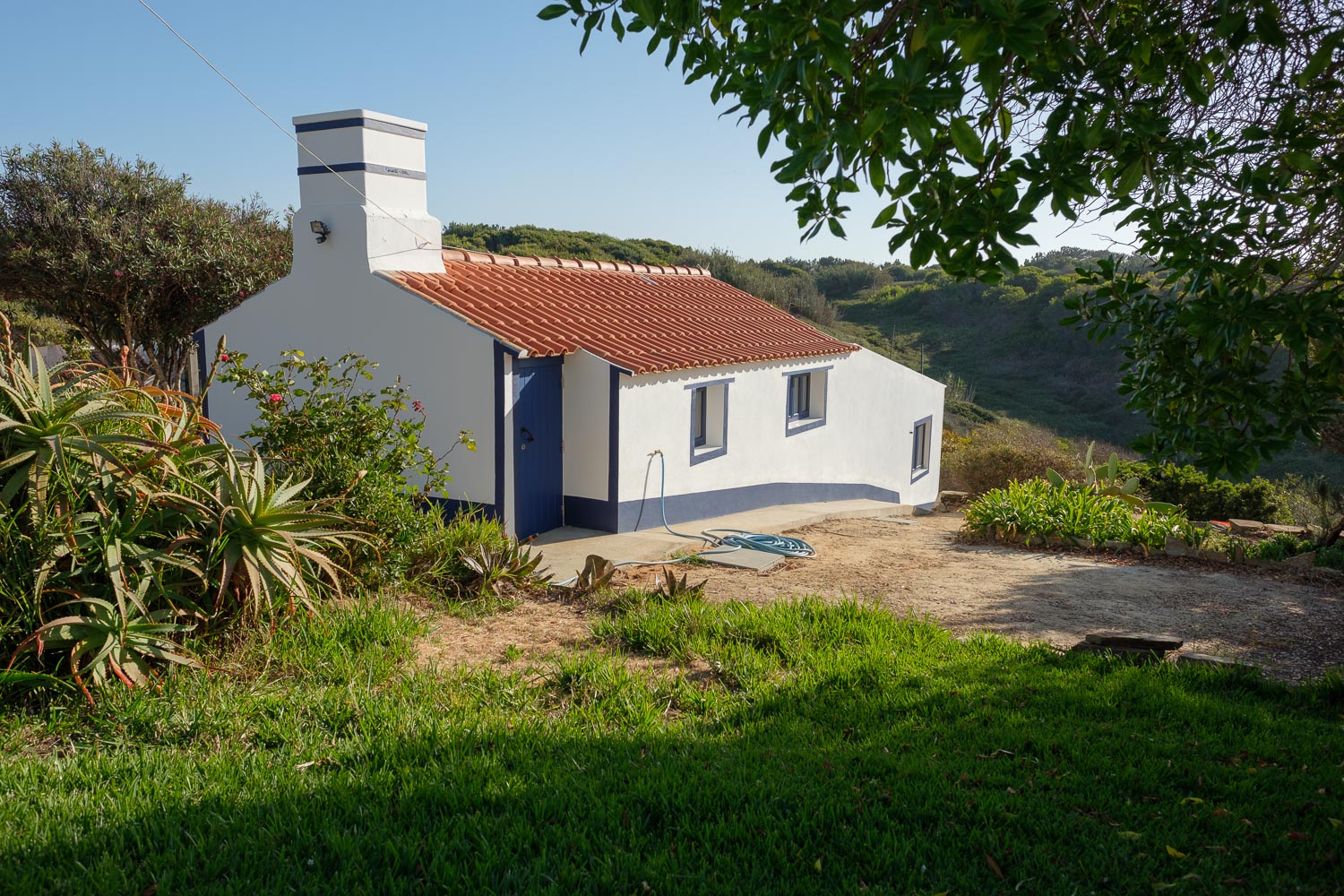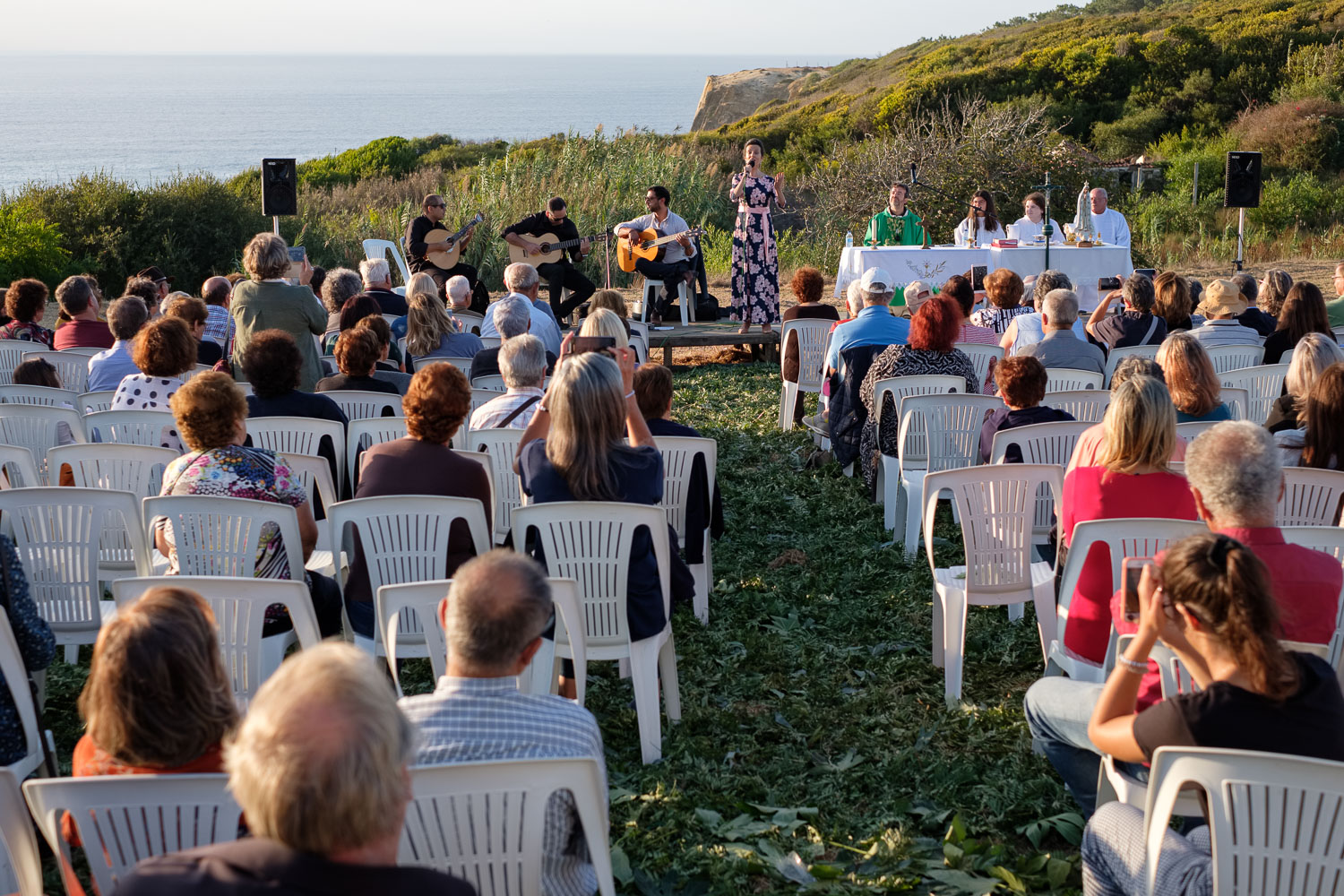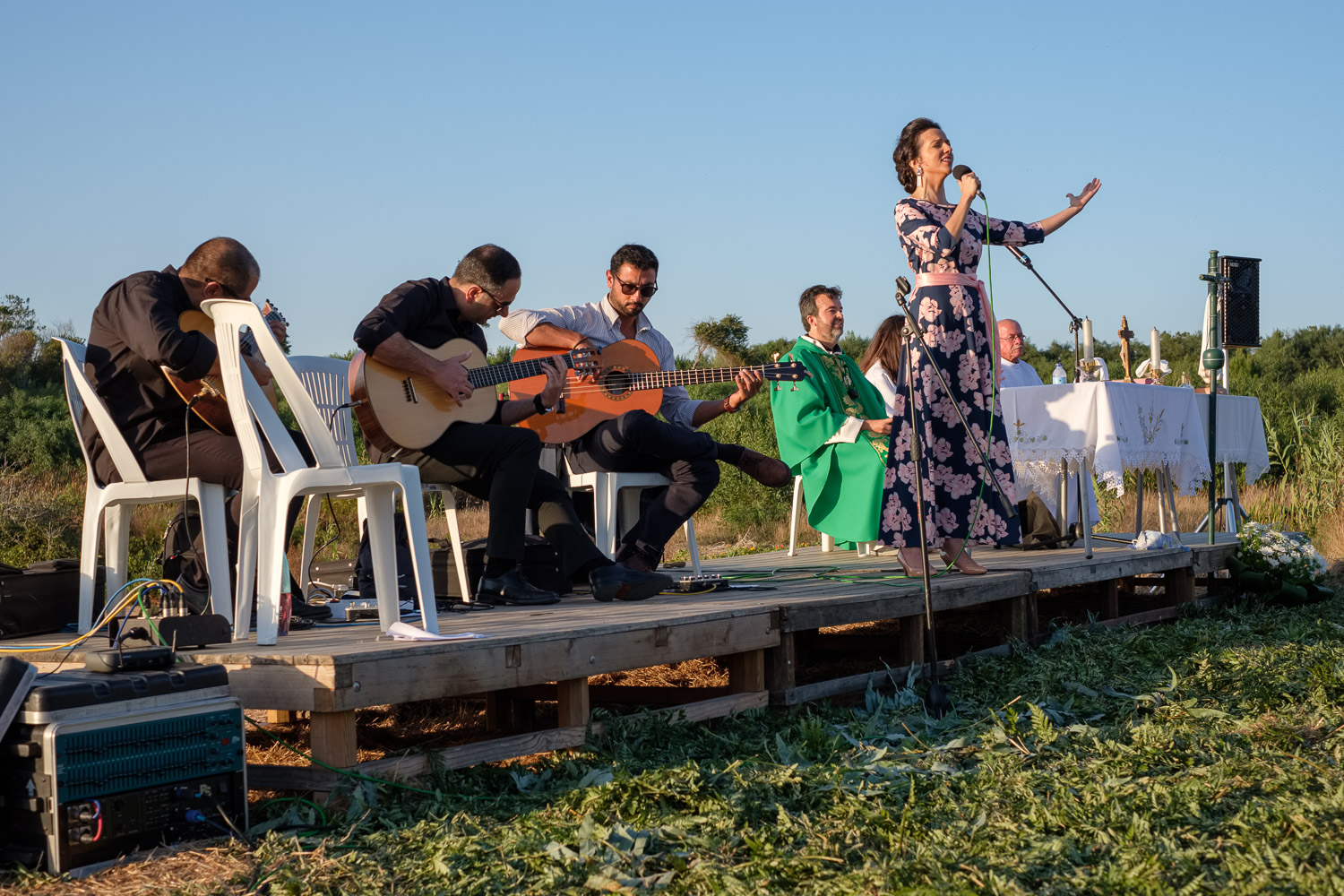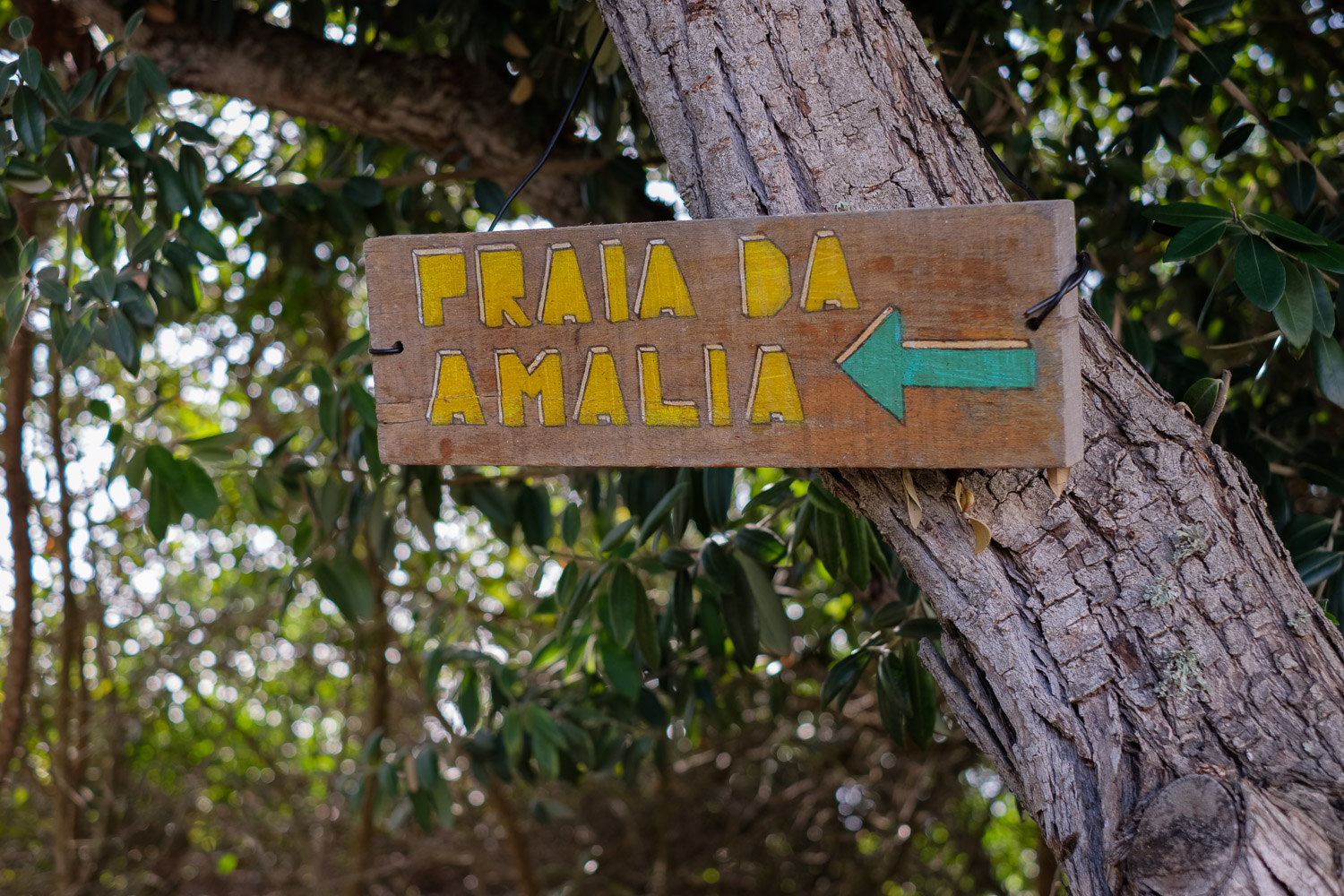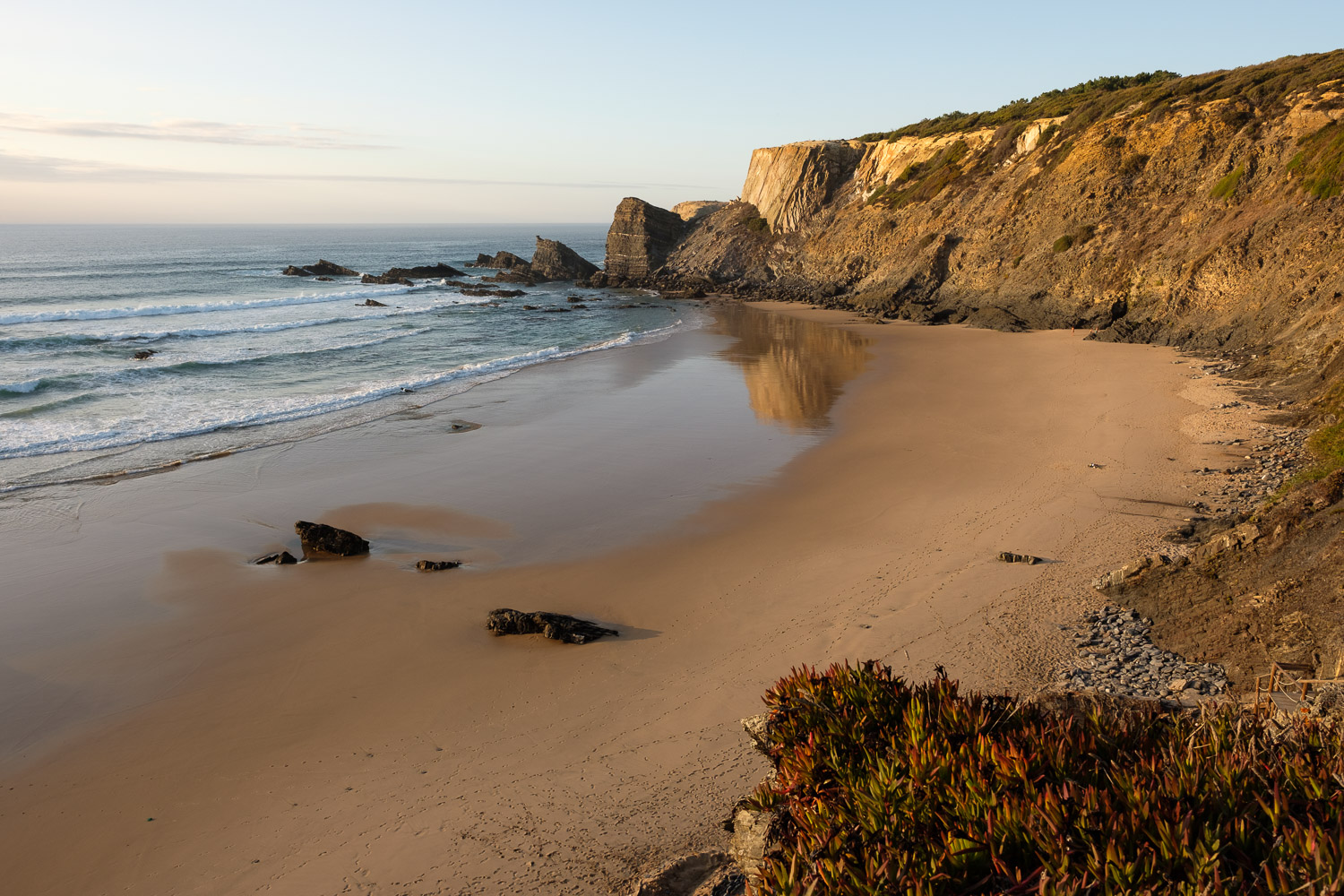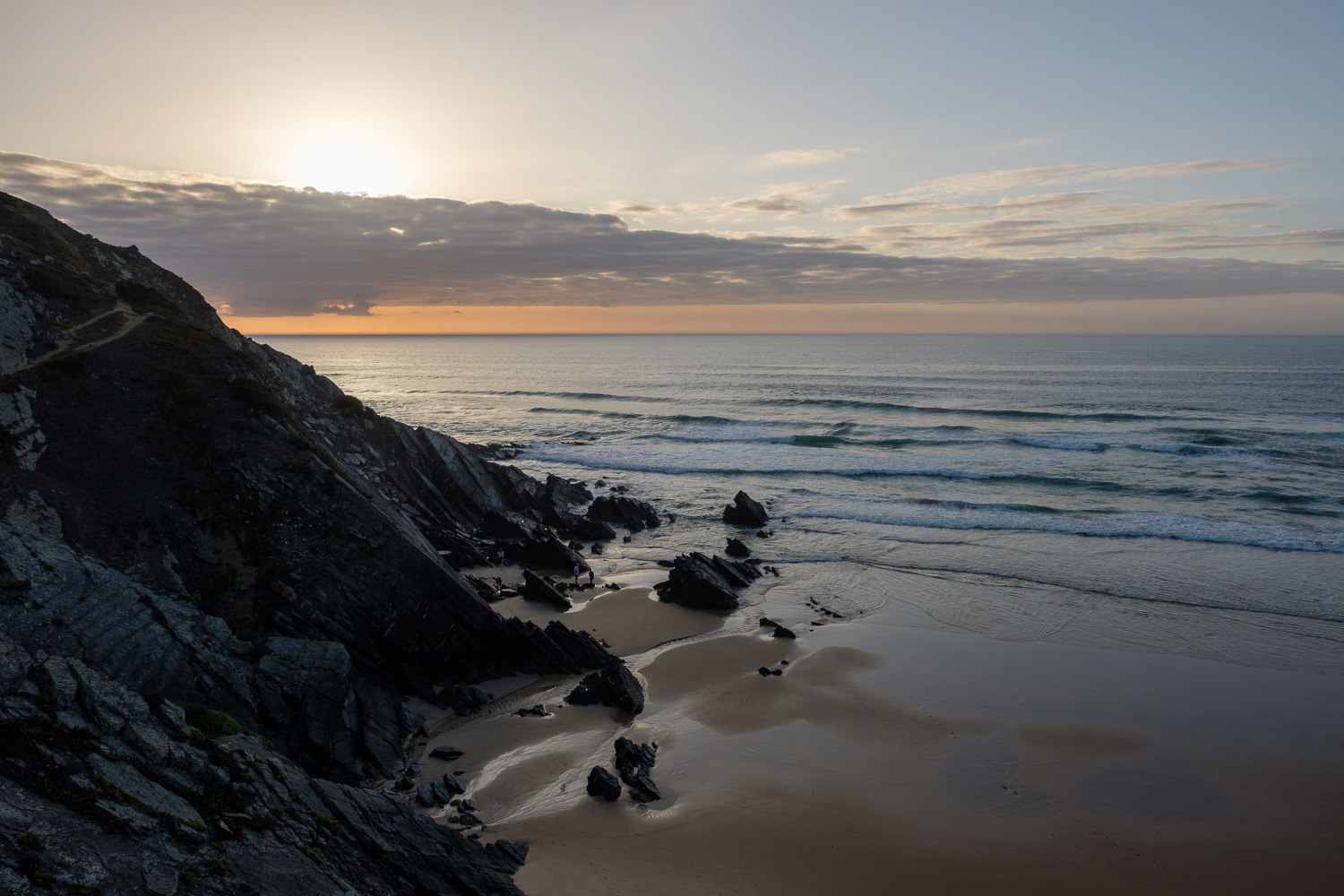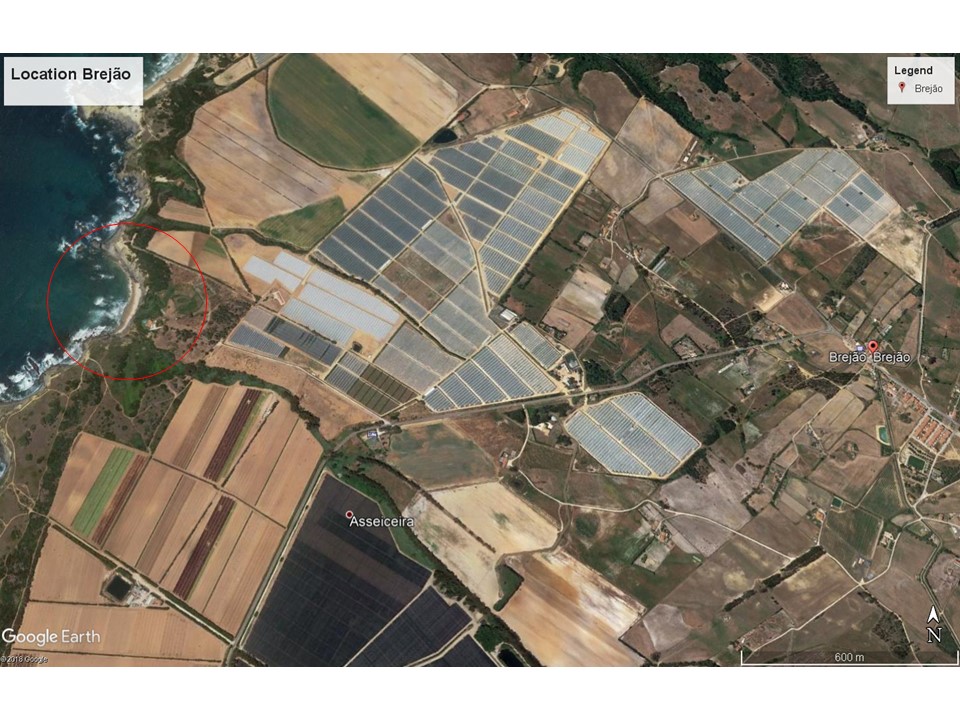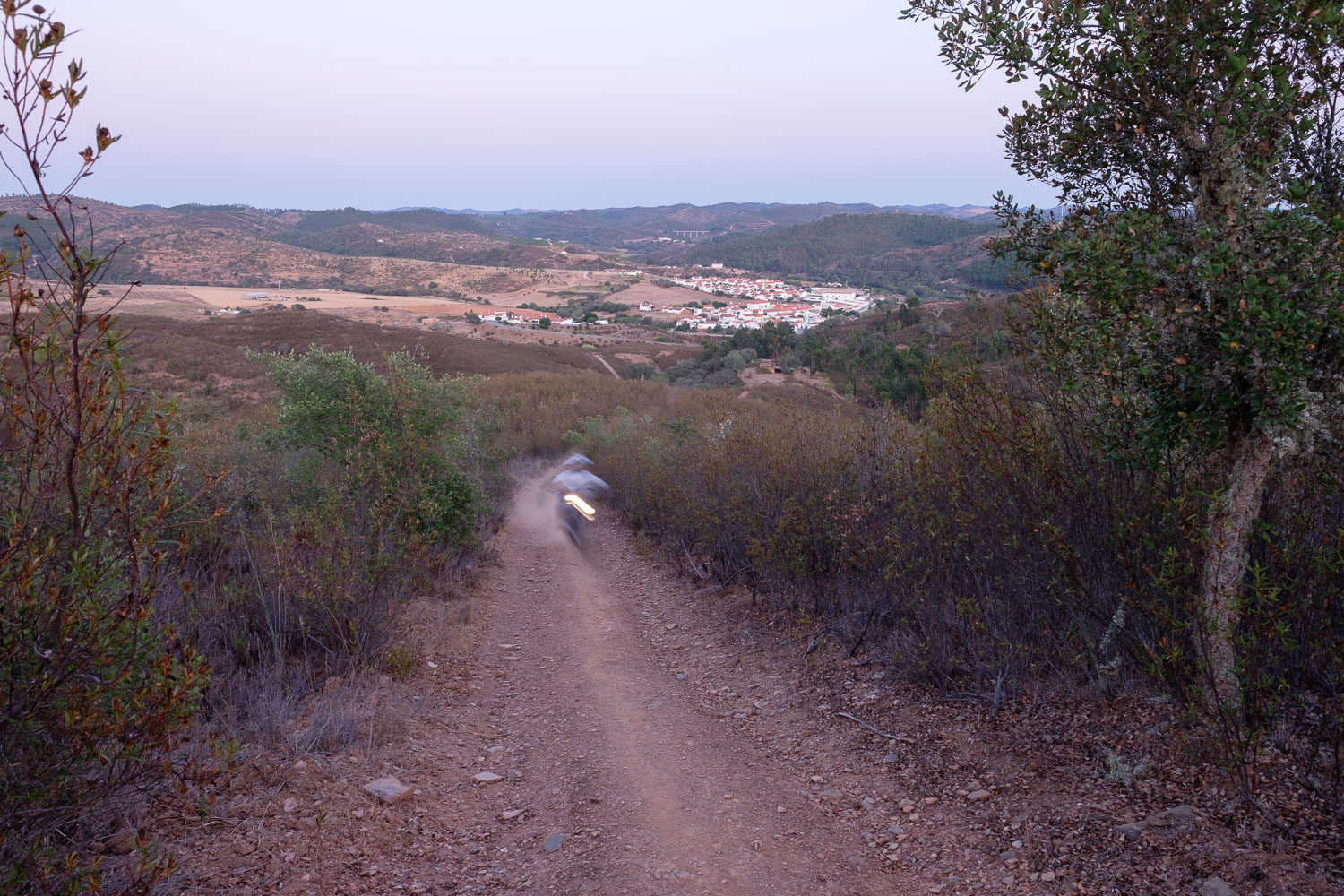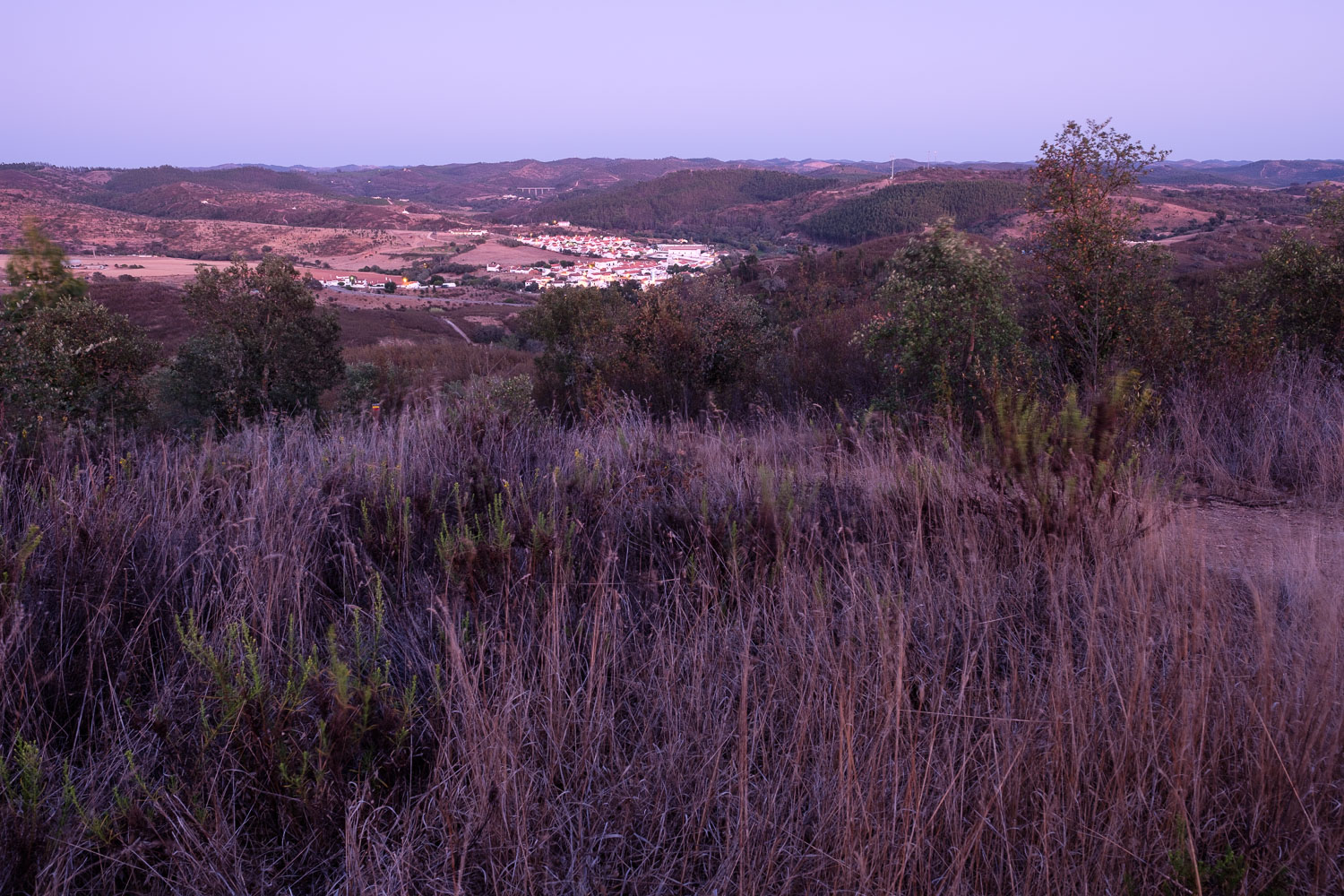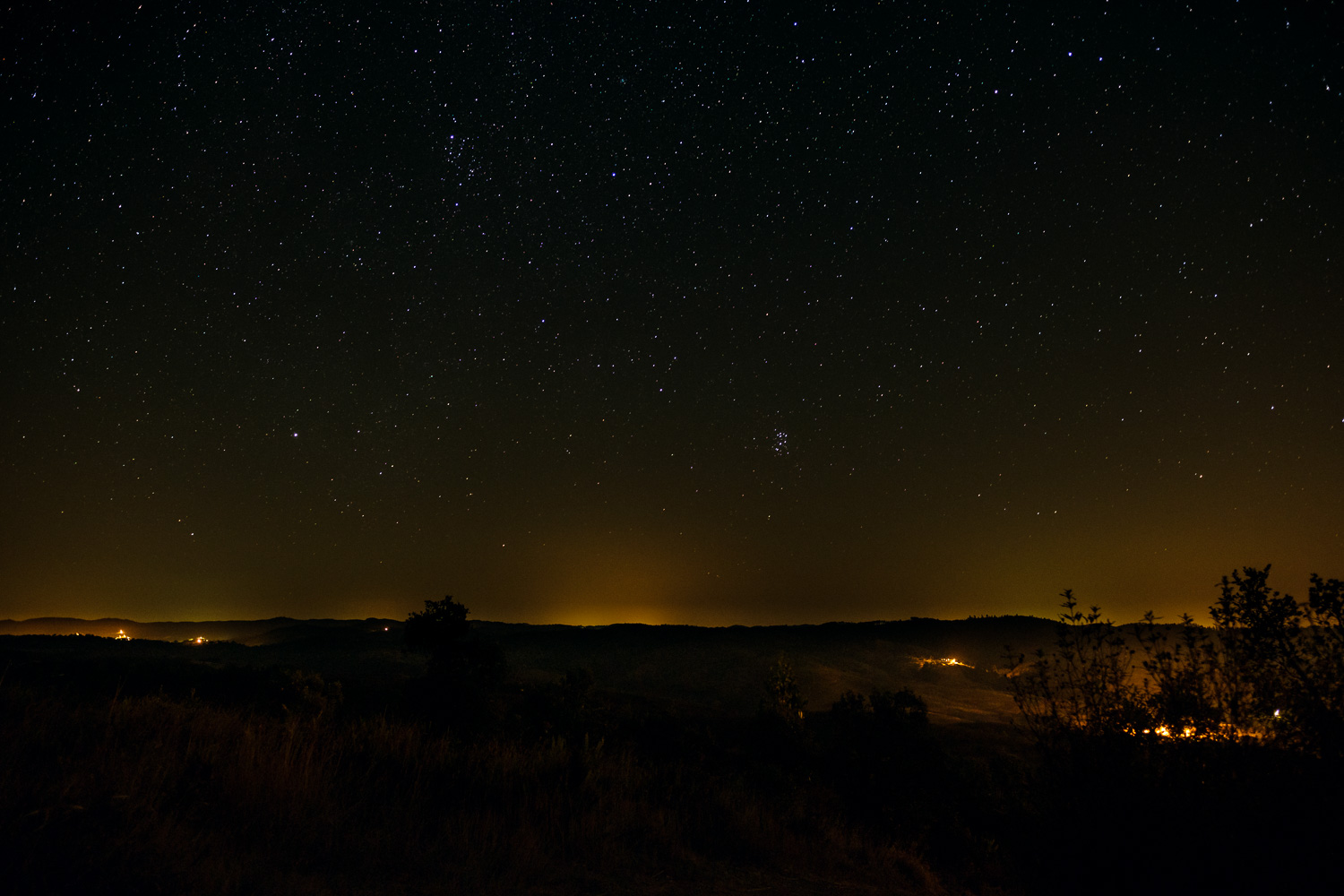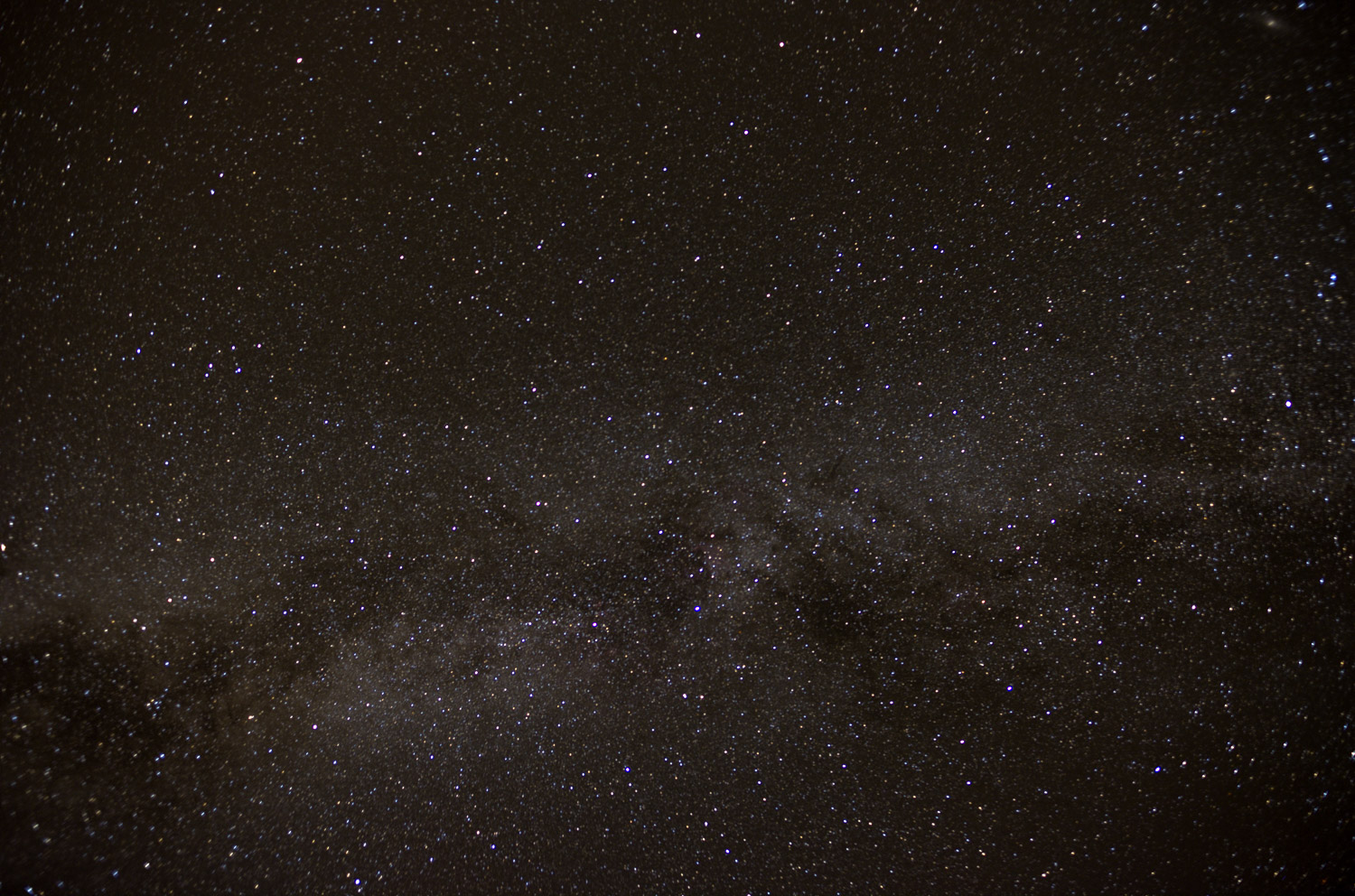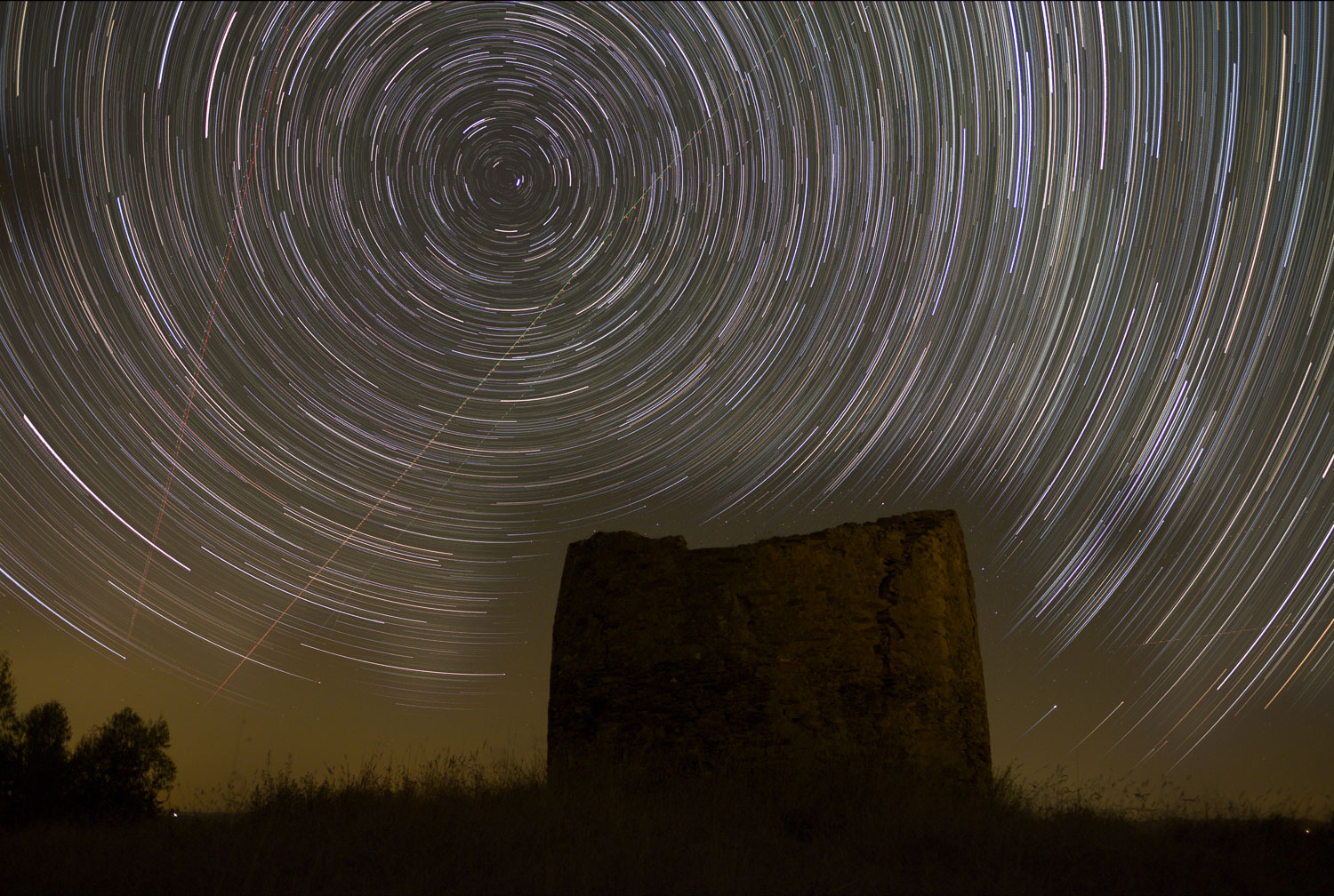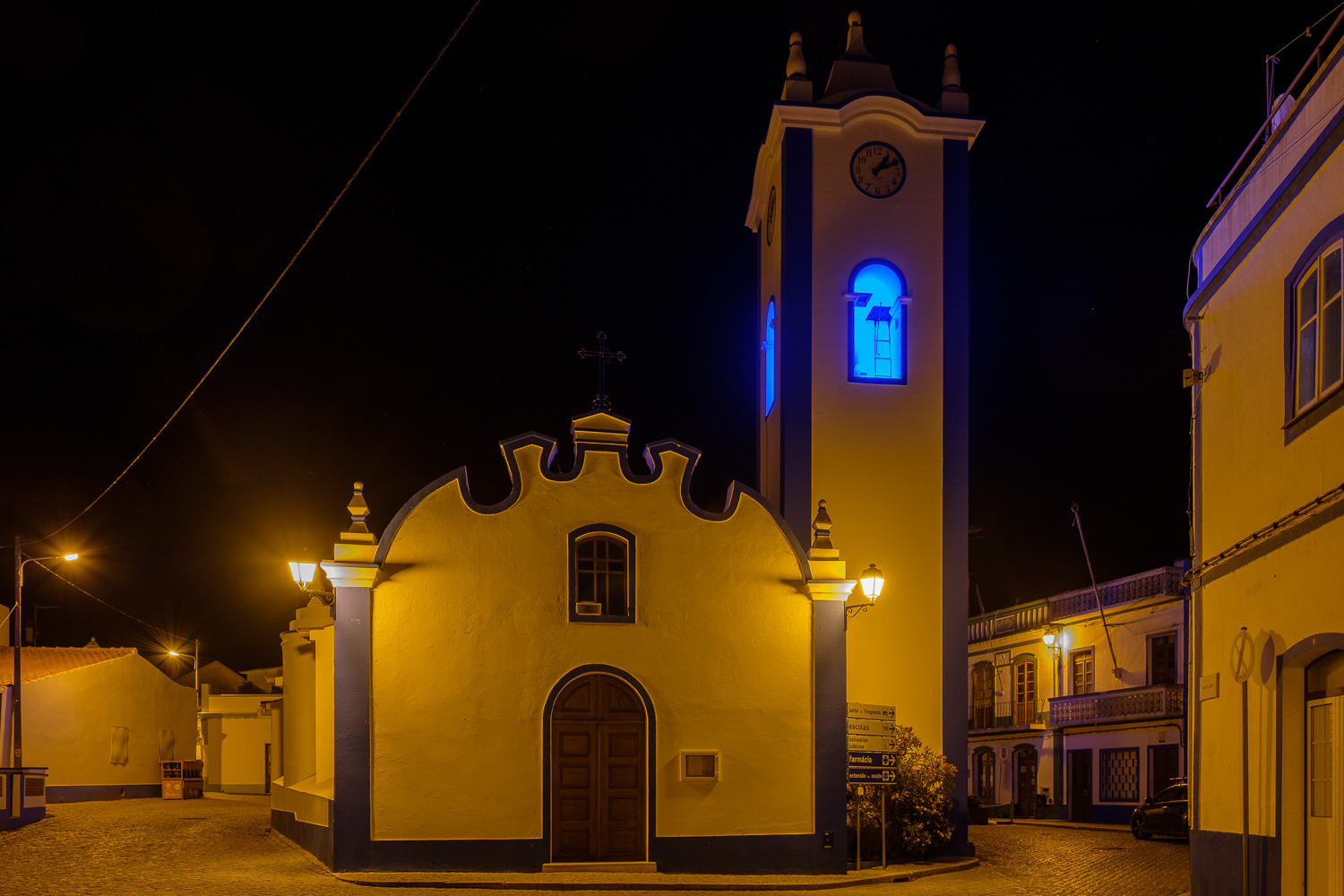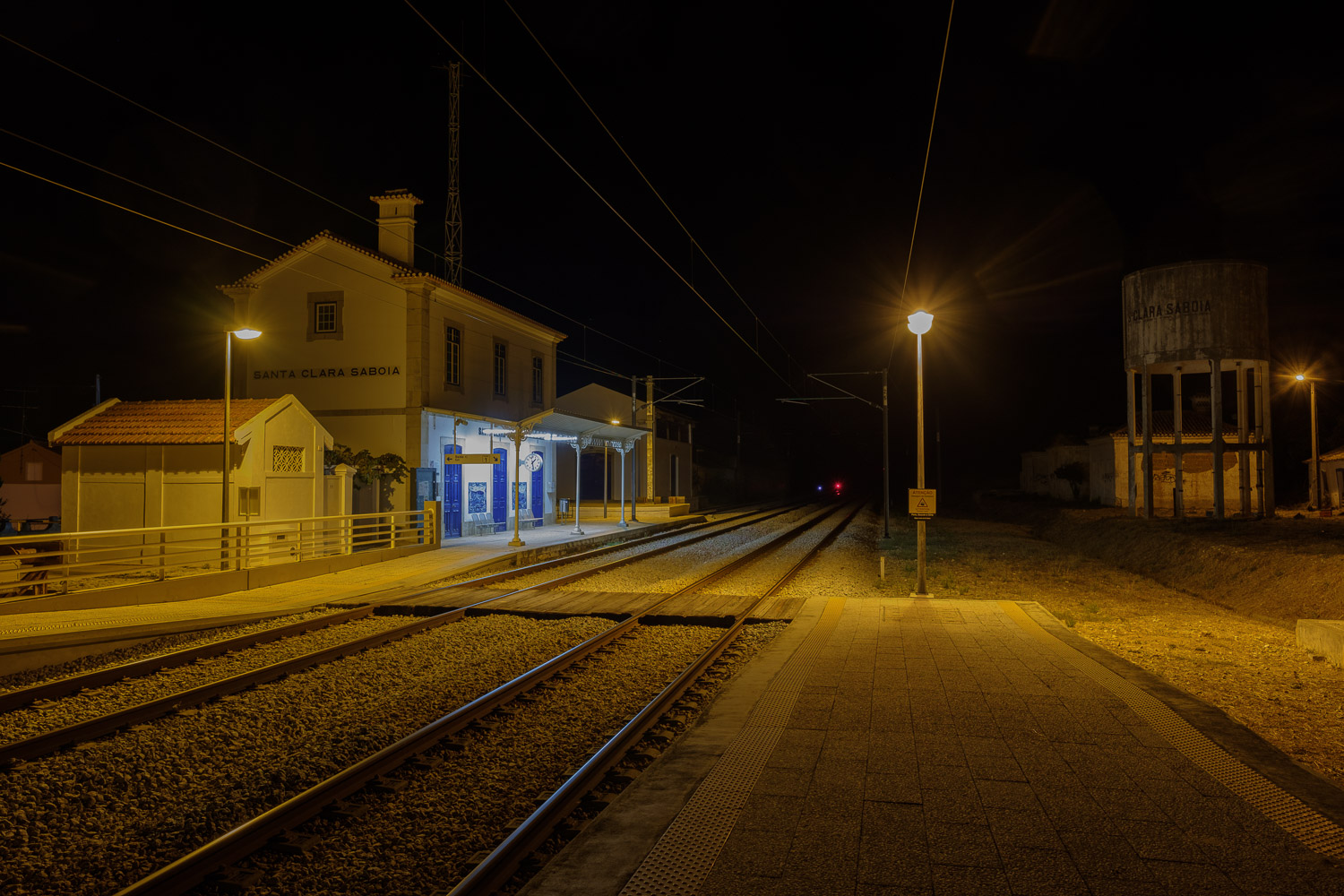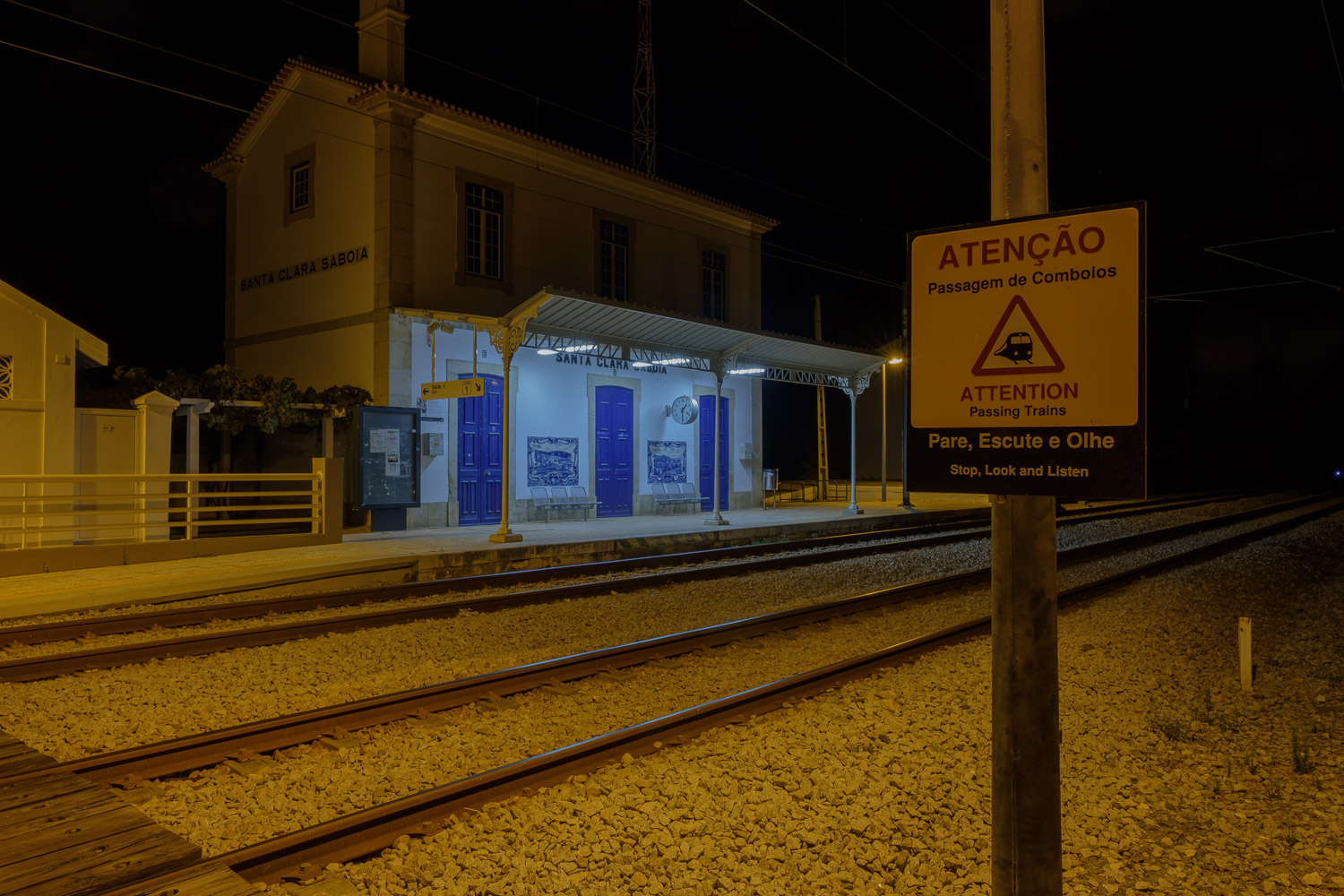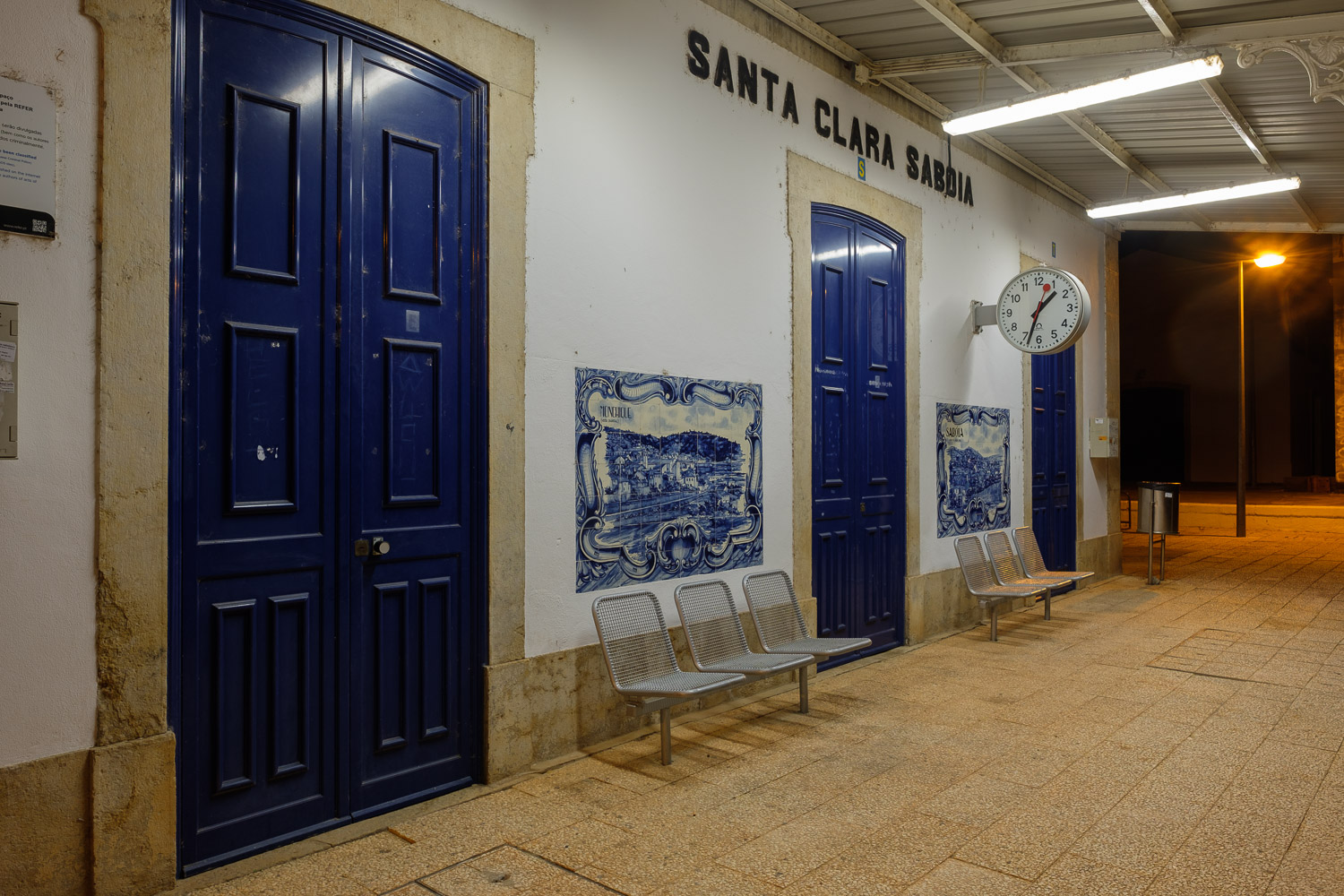It is probably not very well known, but Amália Rodrigues (1920 – 1999), the greatest name in Portuguese Fado, had a small house in the coastal village of Brejão, Odemira municipality, in the Alentejo coast. In the 1960’s, when Amália was already famous, she visited this part of the country searching for a place that would offer her some tranquillity, away from the limelight. The story goes that she stopped her green and golden convertible car in the quaint village of Brejão, which is located a couple of km from the coast. She entered the local café enquiring about properties for sale. The café owner happened to have one for sale close by near the beach of Seiceira. After visiting the place, she fell in love with the beautiful and secluded small beach and bought the land.
During the following years, she built a house near the edge of the cliff, overlooking the beach. It took longer than normal, but then one must remember that back then, public networks for commodities like electricity and water were not available. For many years, this house was her refuge, a place where she and her husband could rest. She is also well remembered in Brejão, where she made many friends in the local population. Today, the house and surrounding property belong to the Amália Rodrigues Foundation, and are part of a Rural Housing Tourism unit.
To celebrate her 100th birthday anniversary, a series of initiatives were recently kicked-off in the municipality and will last for several months. One such initiative was an open house day on October 12th for the public to visit the house and have a glimpse of the artist’s life. The house holds several mementos of Amália, including paintings and photos, but the simplicity of the décor is striking. I made a few photos, as they were permitted. However, the real asset is indeed the quietness and tranquillity of the location; the only sounds are the ones carried by the wind, such as bird songs and the waves from the beach. The day ended with a Mass celebrated in the garden, with the participation of Fado singer Ana Valadas. It was truly a unique experience, listening to Fado in such a beautiful surrounding.
I also had the chance to visit the beach, which today is called “Amália’s beach”, of course. Nested between the cliffs, a small stretch of golden sands is bathed by the incoming waves of a deep blue sea. No wonder that Amália chose this place as her personal refuge. The weather this day was wonderful, with a balmy early Autumn Sun, and some wispy clouds. Unfortunately, the day was ending, but for those with more time, this beach lies along one stage (between Cabo Sardão and Zambujeira do Mar) of the Rota Vicentina, a series of walking trails totalling some 180 km along this Natural Reserve of Southwest Alentejo and Vicentina Coast.
I still had the opportunity to walk a little bit around the area, scouting for future visits. I made a few photos of the beach and cliffs, and at the end of the day I simply enjoyed the sunset. Which, in this part of Alentejo, never disappoints.
